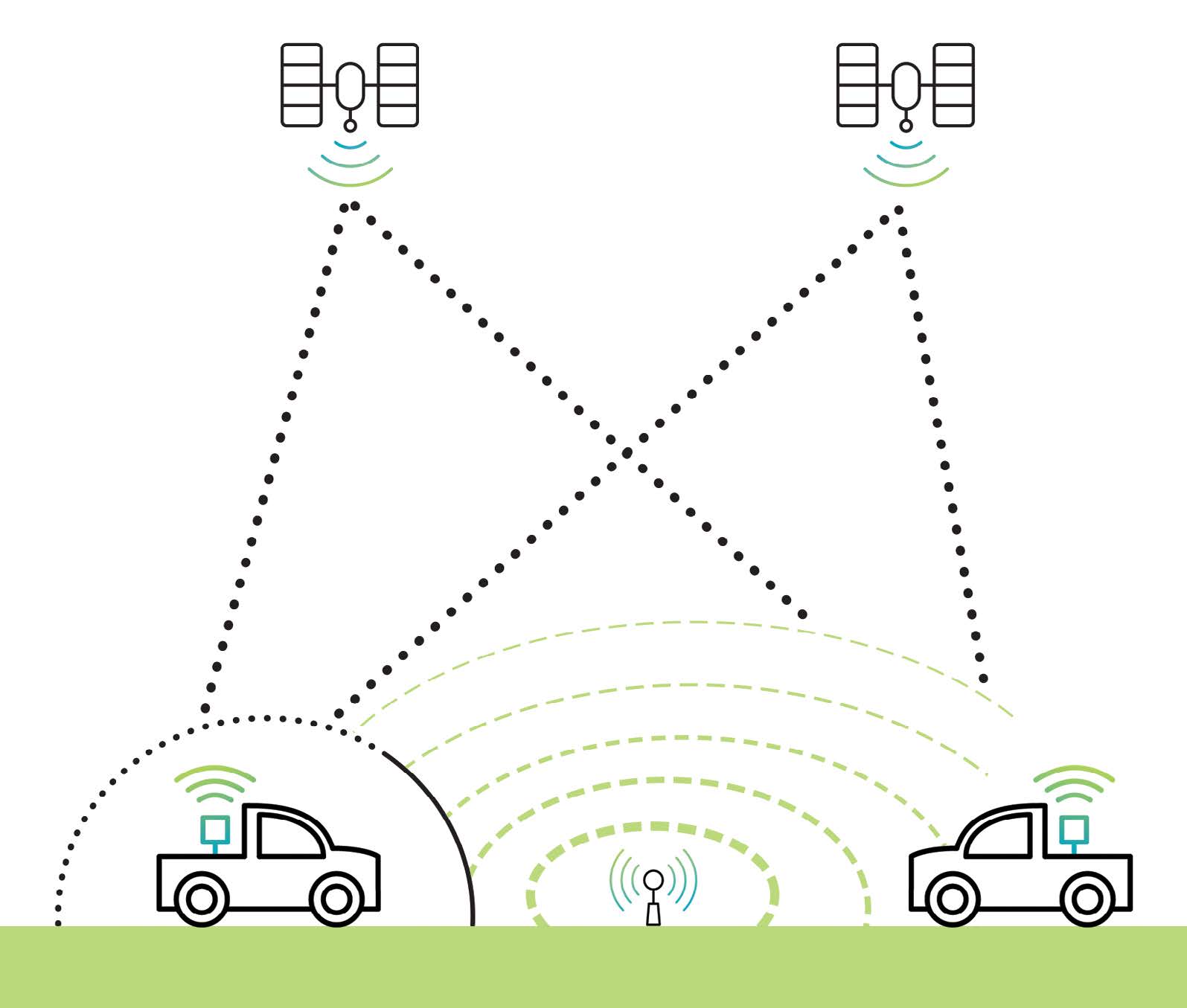AGRICULTURE
If you need to know exactly where you are and where you are going you are probably relying on Global Navigation Satellite Systems (GNSS) to help you get there. Now, what if that critical data can't reach you? You might be experiencing the effects of GNSS jamming.
GNSS is a generic term used to describe the collection of satellite constellations orbiting the Earth, working together to provide highly accurate positioning, navigation and timing (PNT) measurements worldwide. GPS is one of the constellations that make up this network of satellites. They work by sending radio frequency signals from satellites to receivers on the ground.
By the time these radio frequencies reach receivers, they are at a very low power level. This low power level makes GNSS signals susceptible to interference from more powerful signals transmitted, both intentionally and unintentionally, in the same frequency range. GNSS jamming occurs when a signal is broadcast within the GNSS band with the intention to overwhelm authentic GNSS signals and prevent receivers in the area from providing PNT data.

Any disruption to GNSS signal transmission can result in partial or complete loss of PNT. Although illegal in most jurisdictions, very low-power jammers, known as “personal privacy devices,” can be bought online and have the ability to overpower GNSS signals within a large geographic area, denying a position solution and timing.
GNSS jamming is a critical challenge in a variety of industries and military domains – from land-based to airborne and marine applications, which demand high accuracy, reliability and availability of GNSS/GPS data. Disruptions to this flow of information can cause significant business and safety issues.
The first line of defence for interference in any GNSS system is to detect and reject or suppress as much interference as possible before it affects PNT. This is often referred to as anti-jamming. At the basic level, a GNSS system includes the satellite signals, an antenna and a receiver. Mitigation strategies for jamming have been devised at each of these three levels.
GNSS positioning systems can use several methods to protect against interference and jamming, including:
GPS and GNSS anti-jam technology is quickly evolving. Until recently, size and cost considerations meant anti-jam systems were only feasible for expensive assets, such as strategic aircraft and capital ships. NovAtel's approach to the problem is to build a range of compact and affordable anti-jam systems for land, sea, air (including unmanned aerial systems), and fixed installations.
If you would like to learn more about GPS and GNSS jamming and the technologies deployed to prevent it, download our GNSS Jamming and Spoofing White Paper.